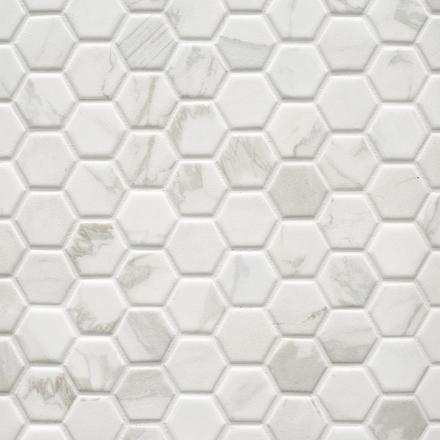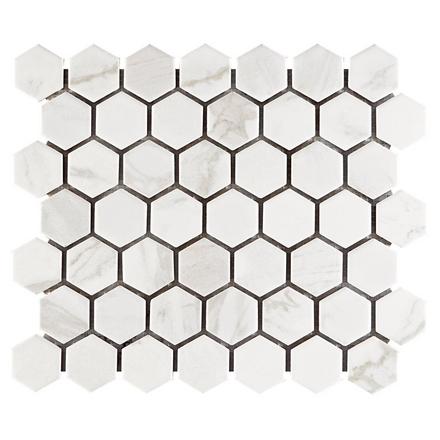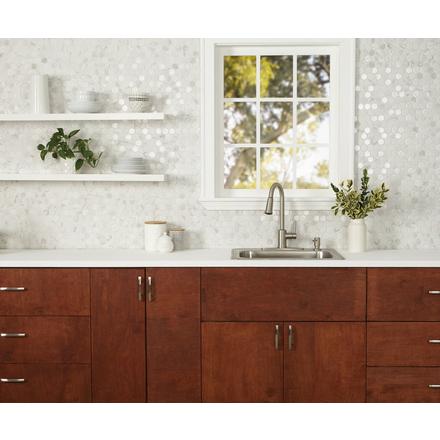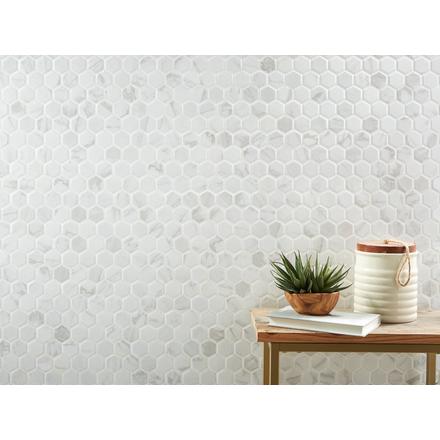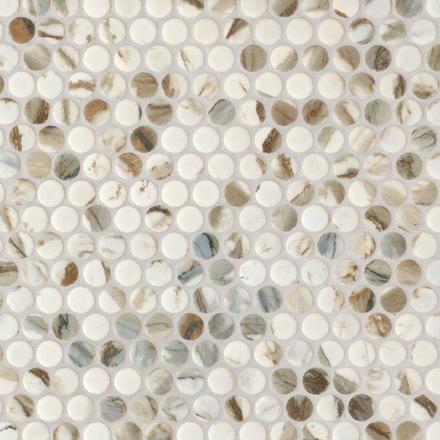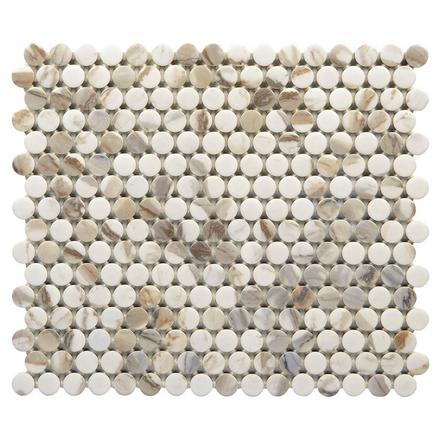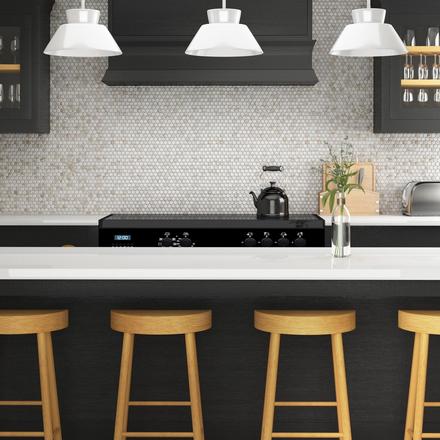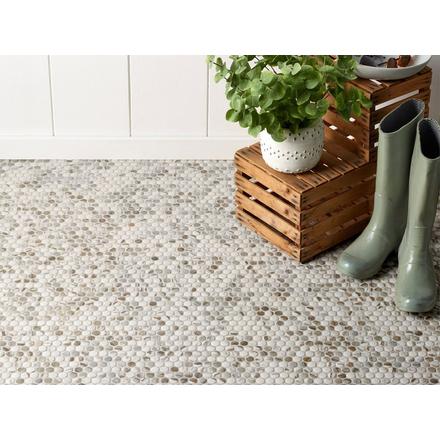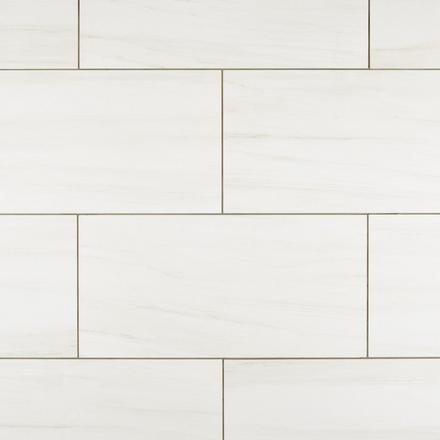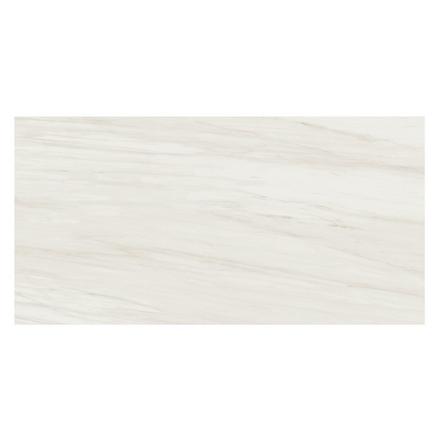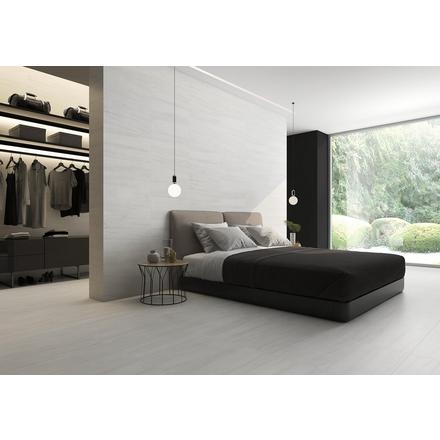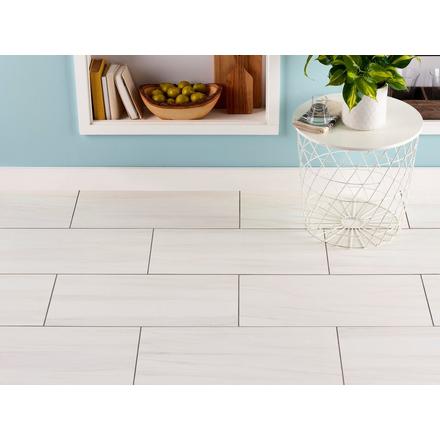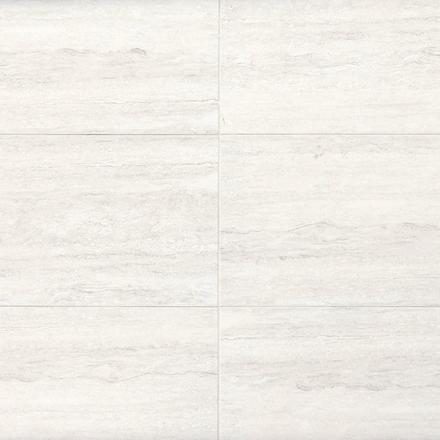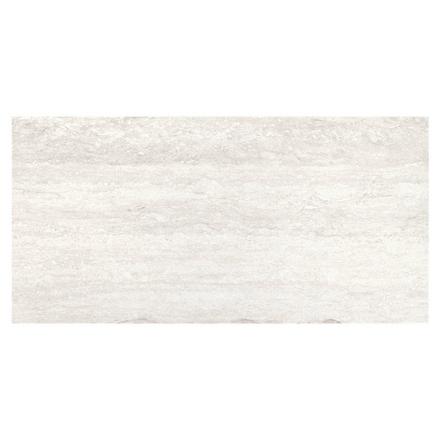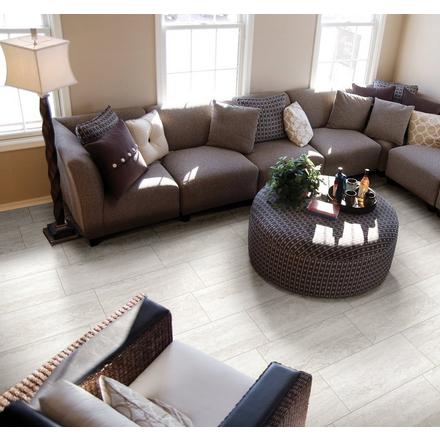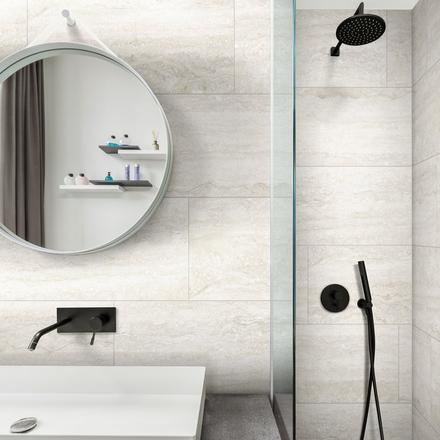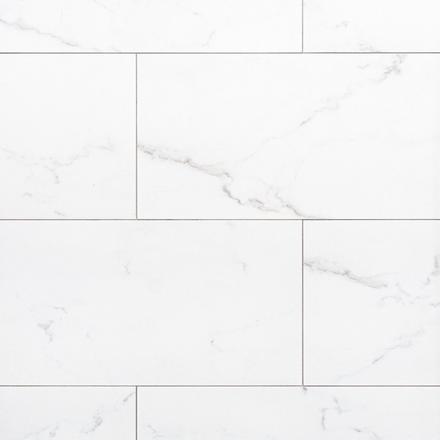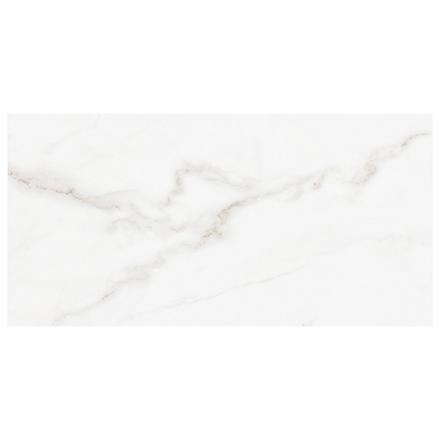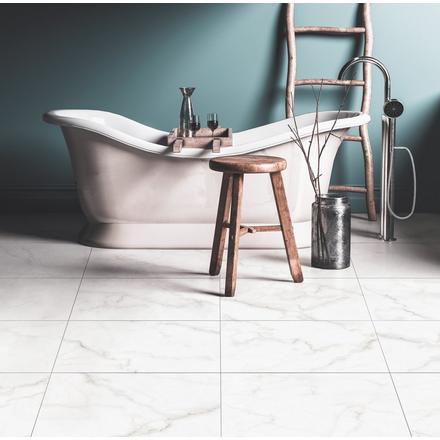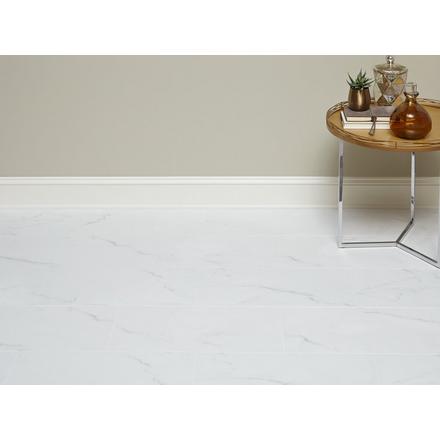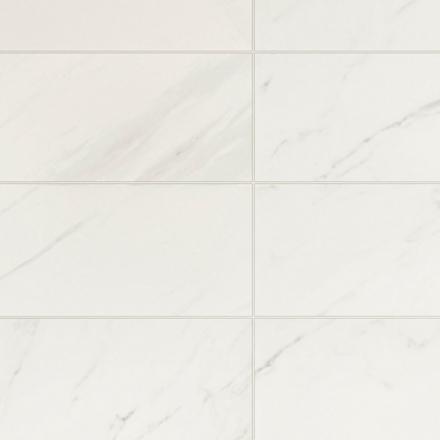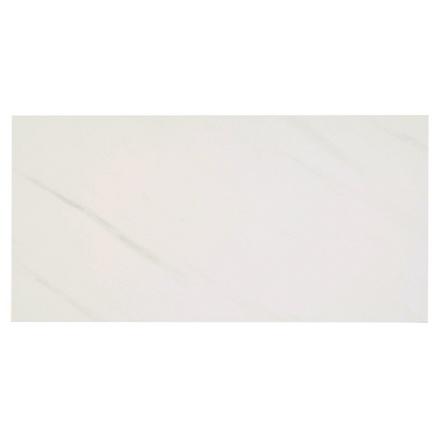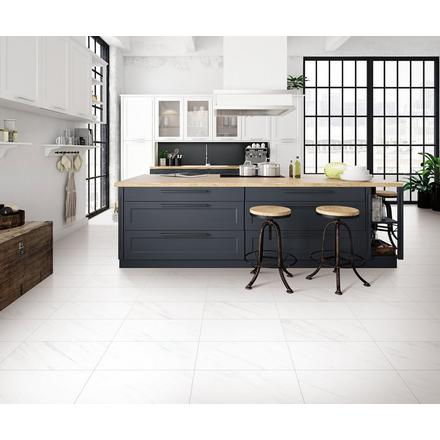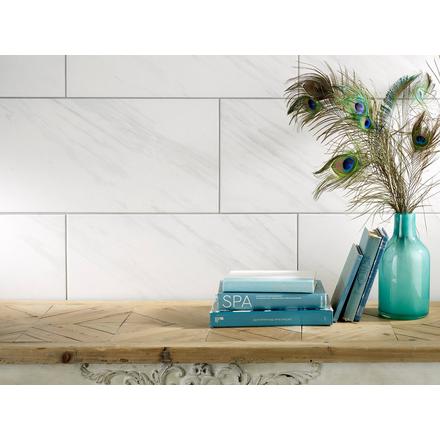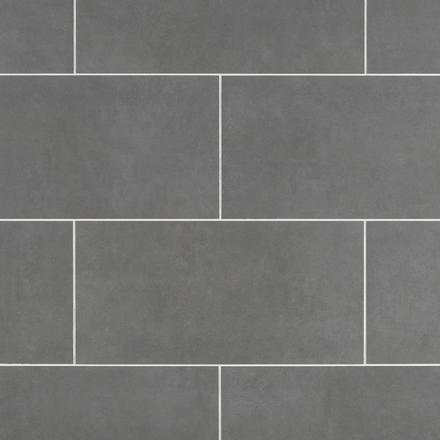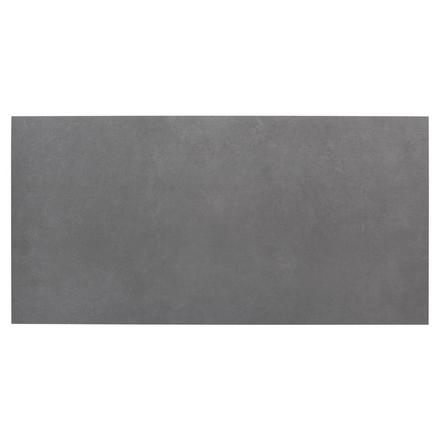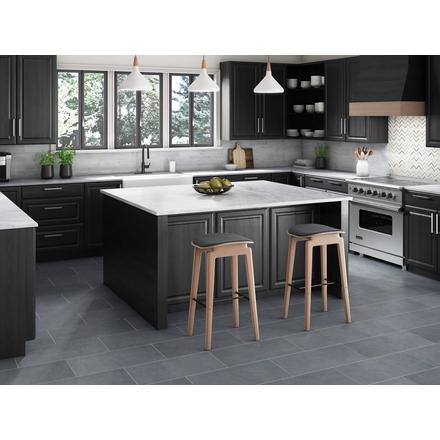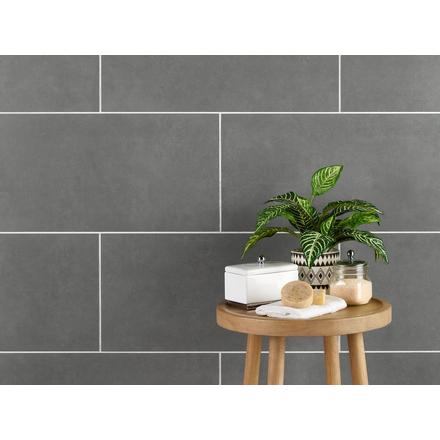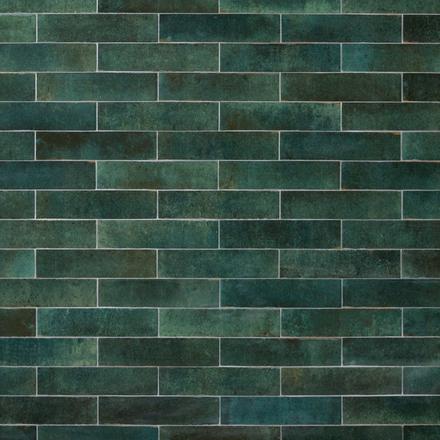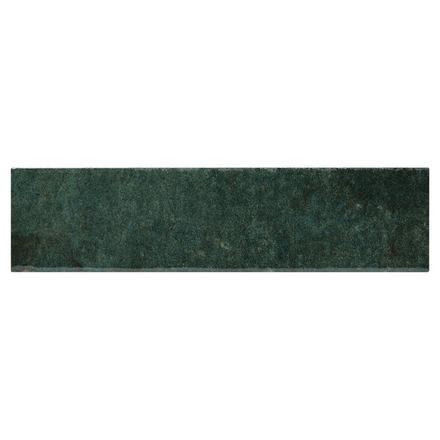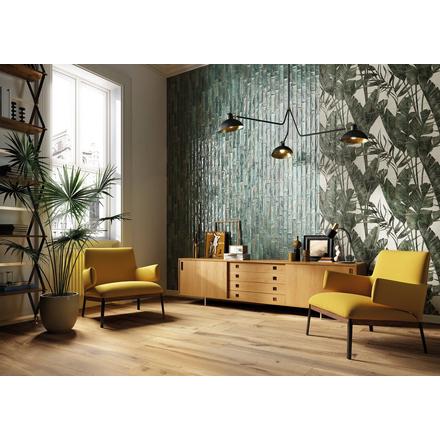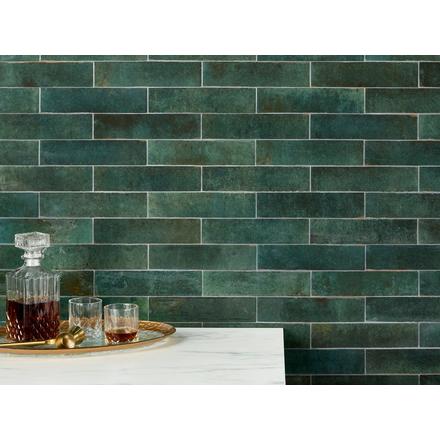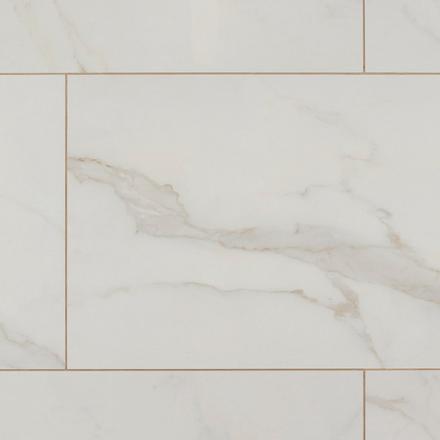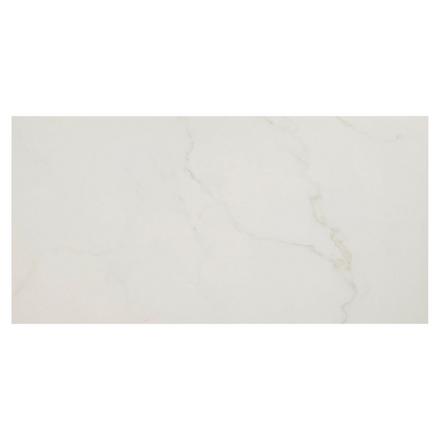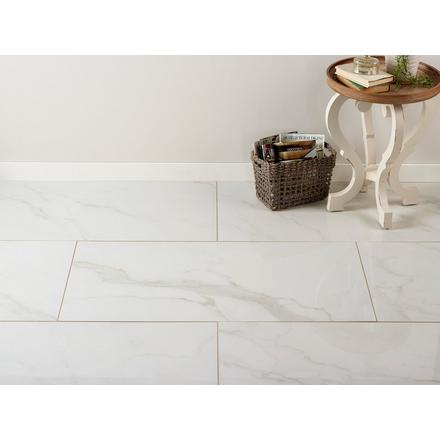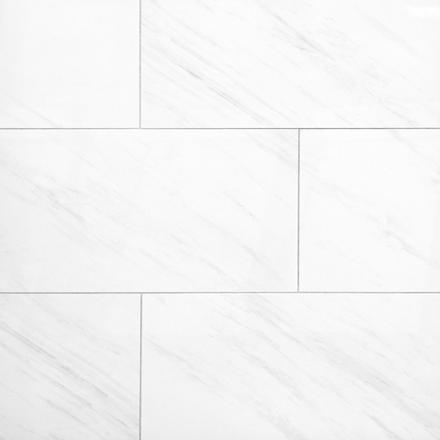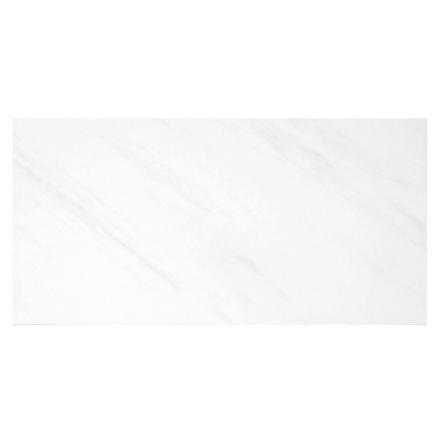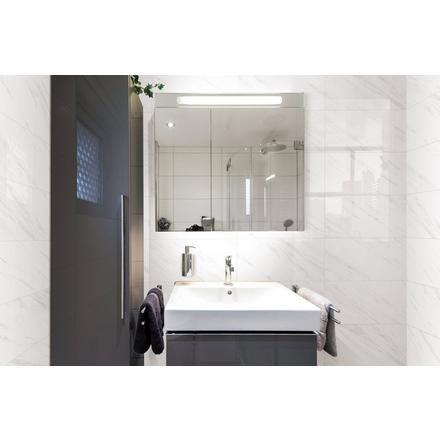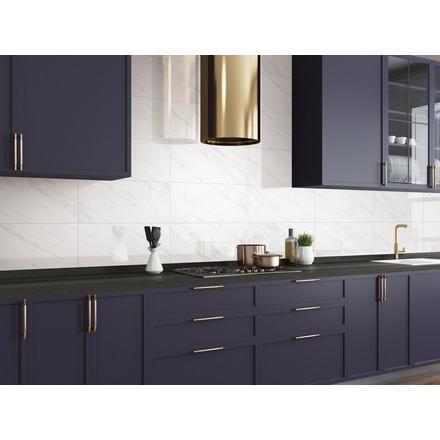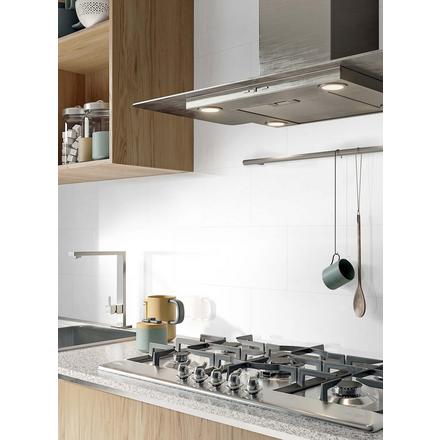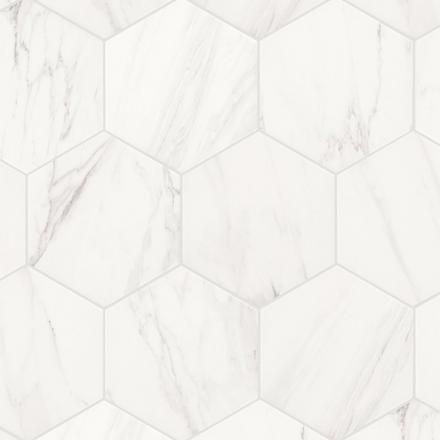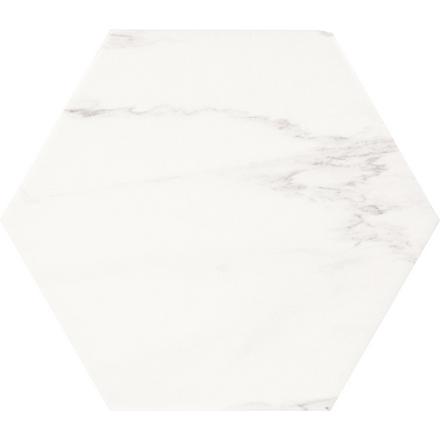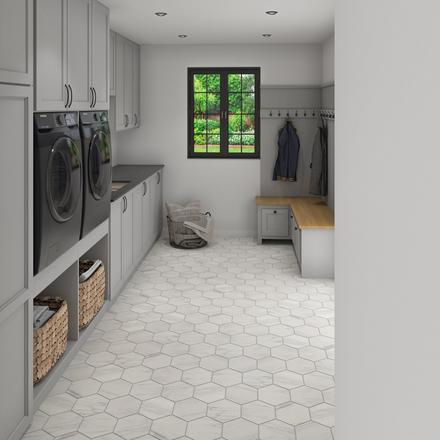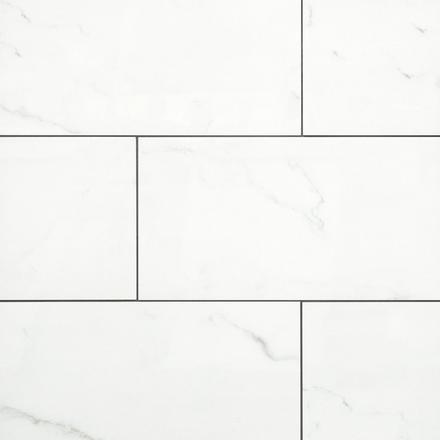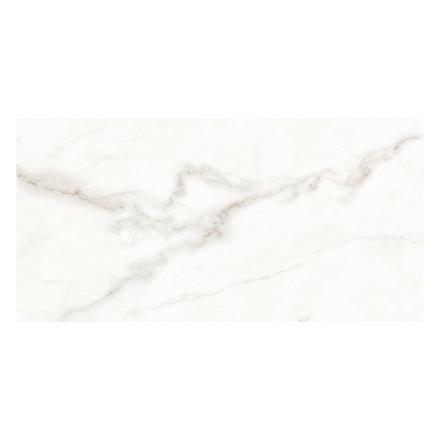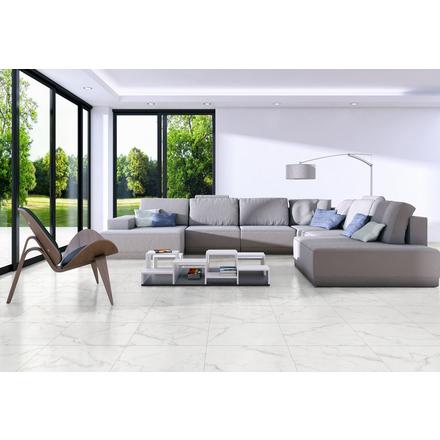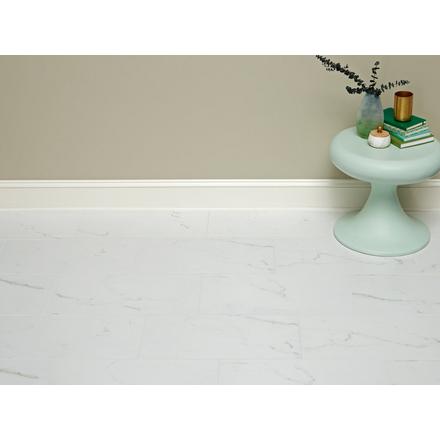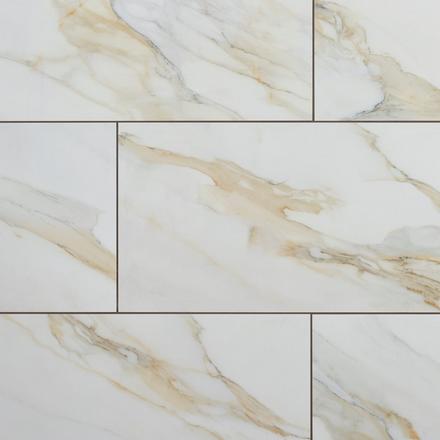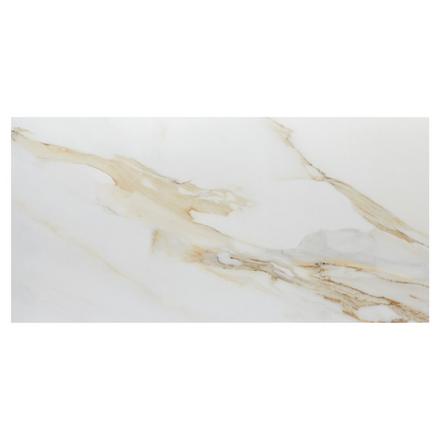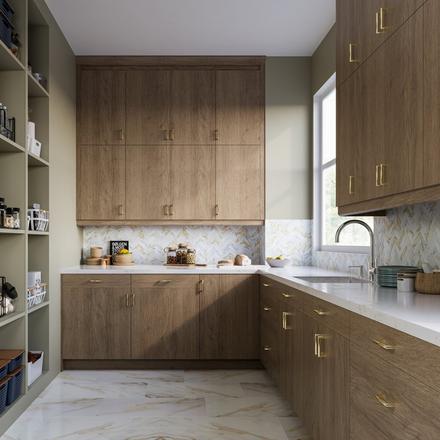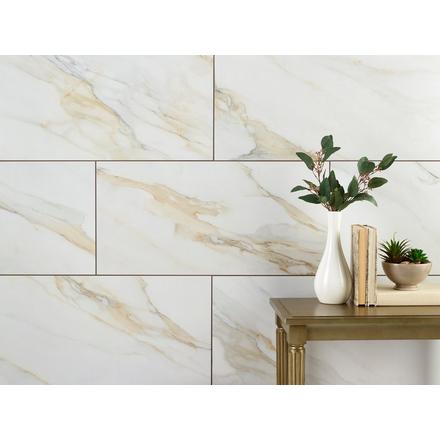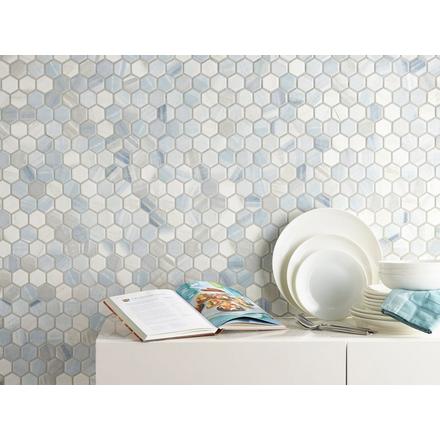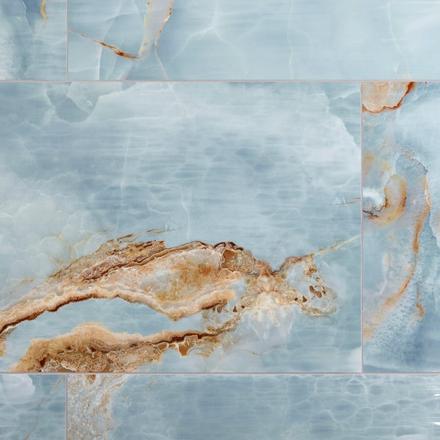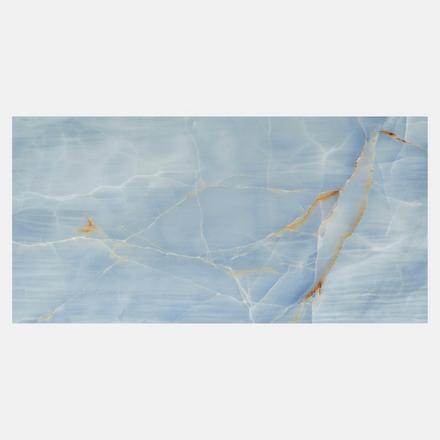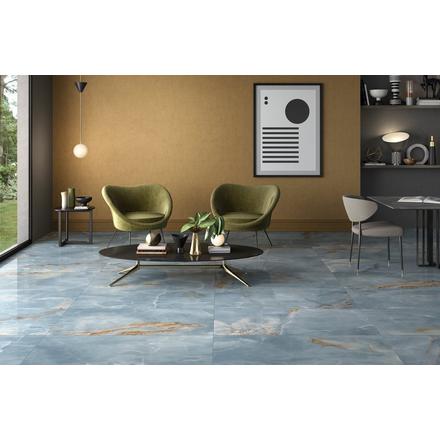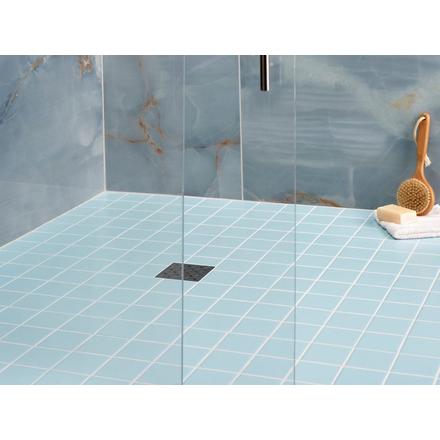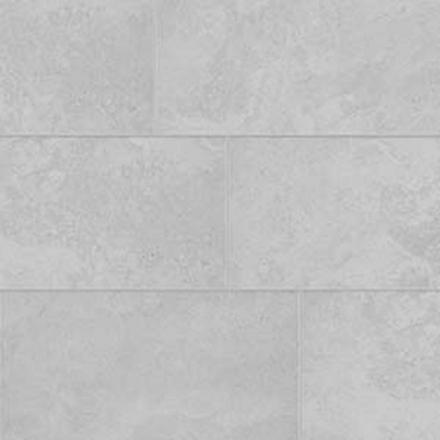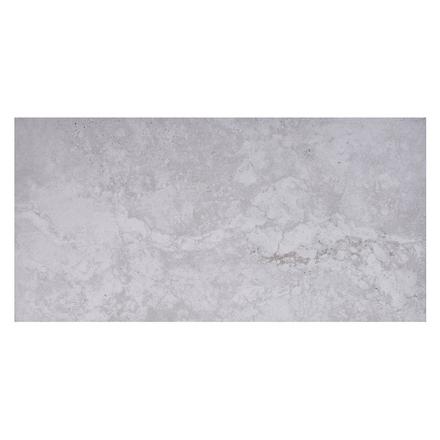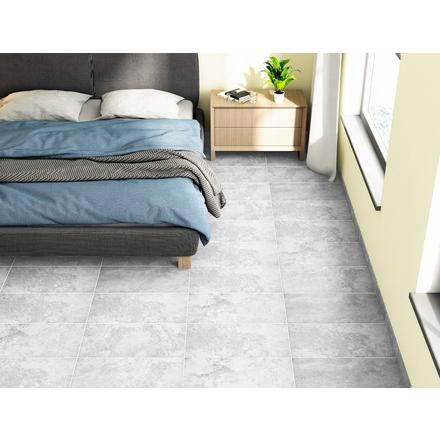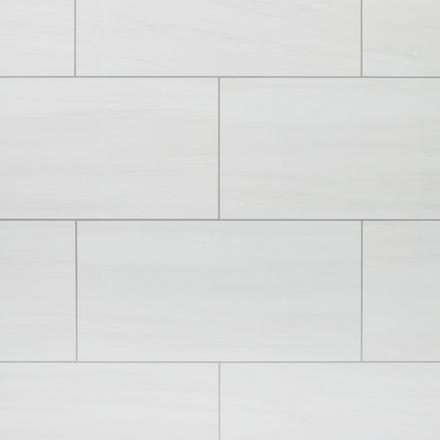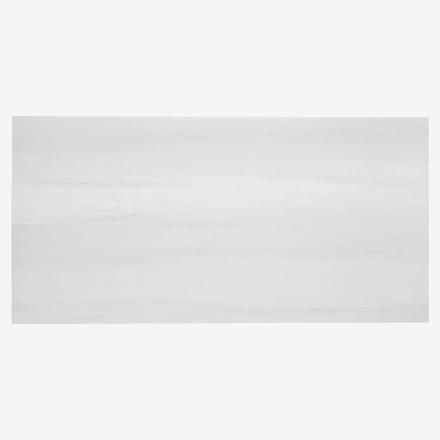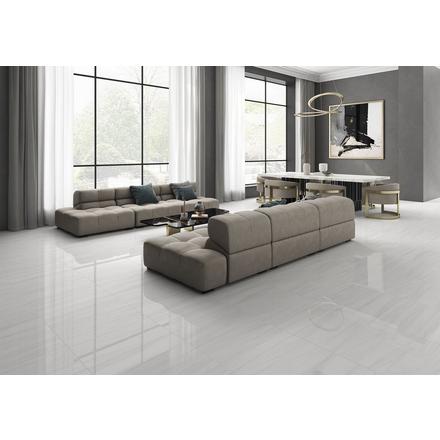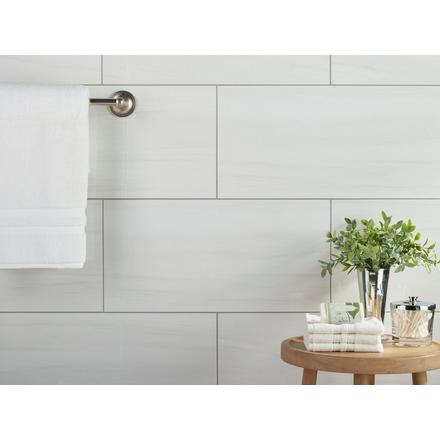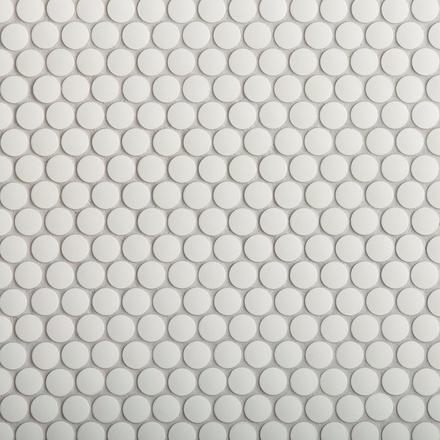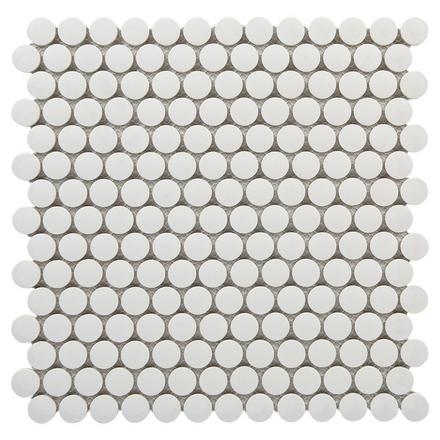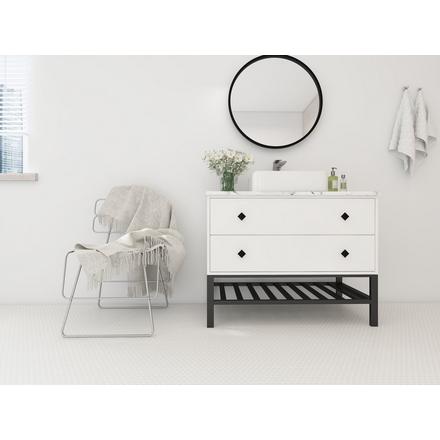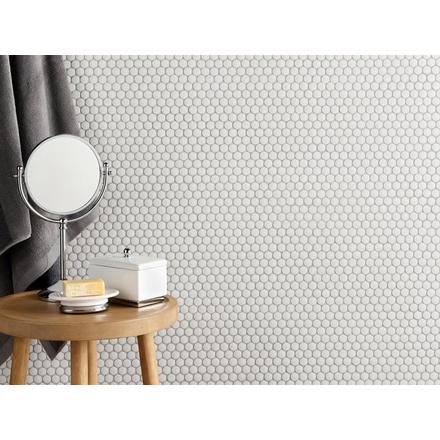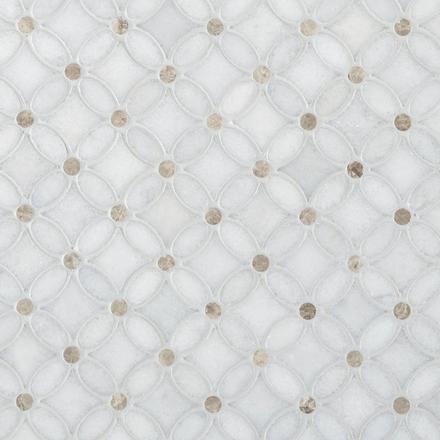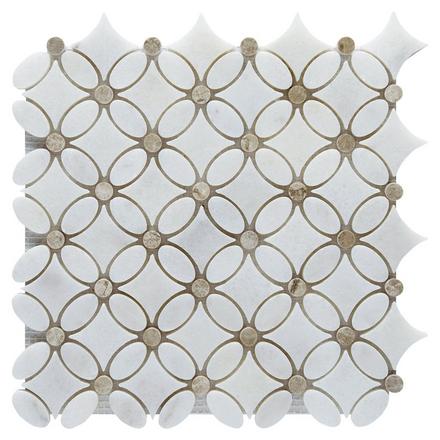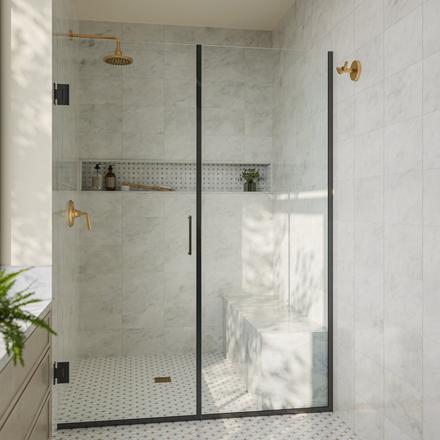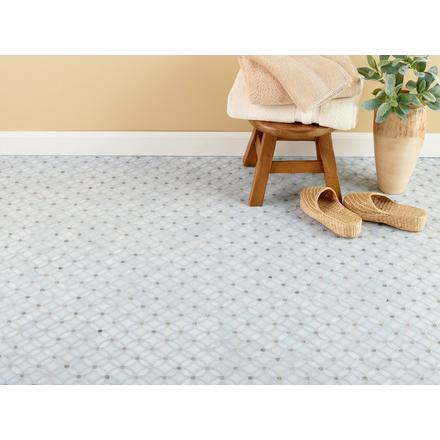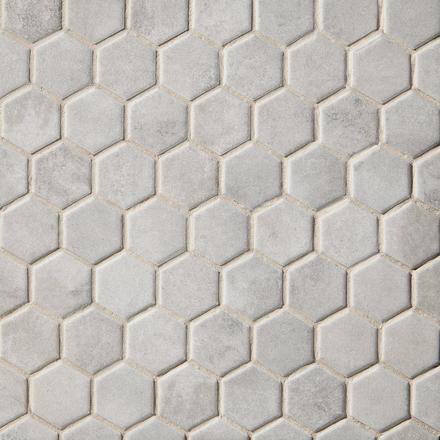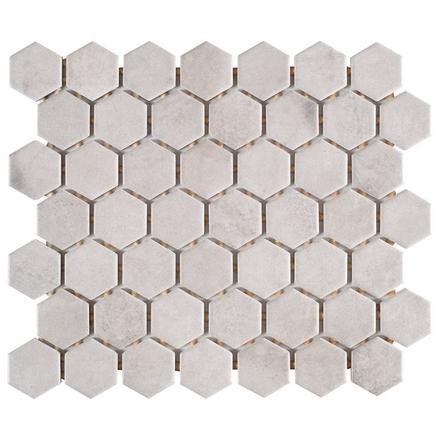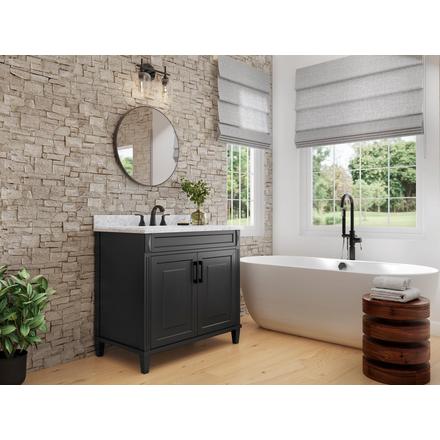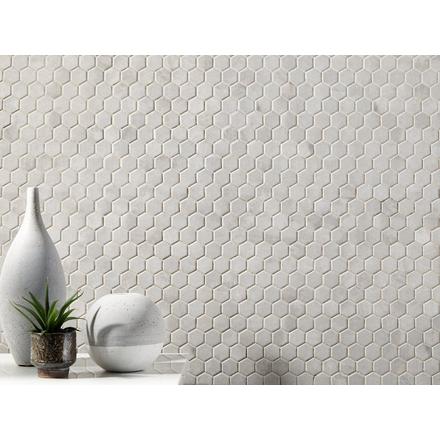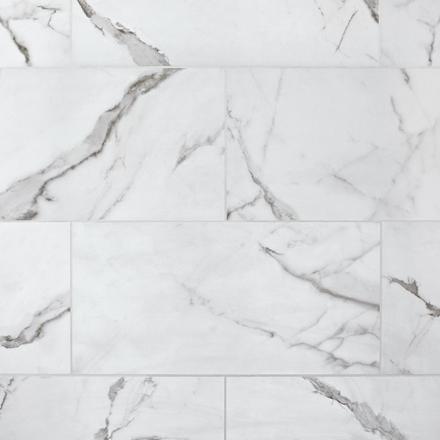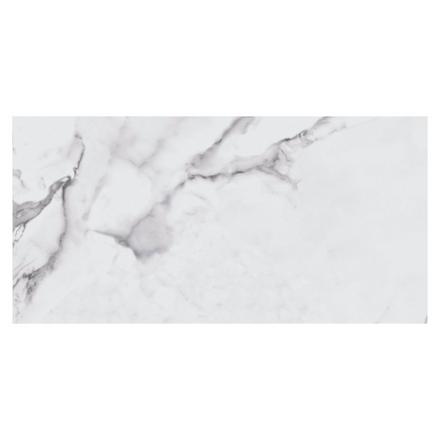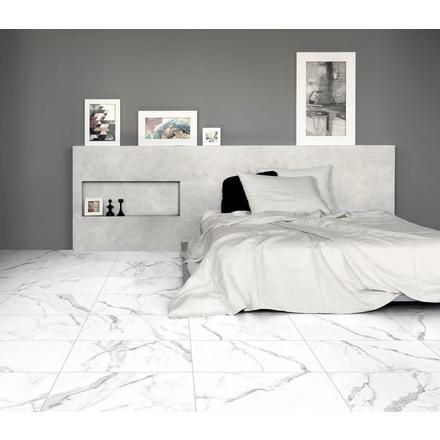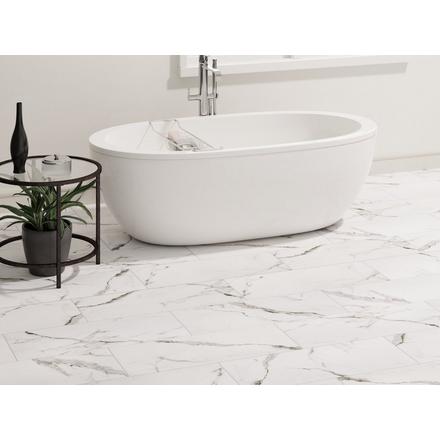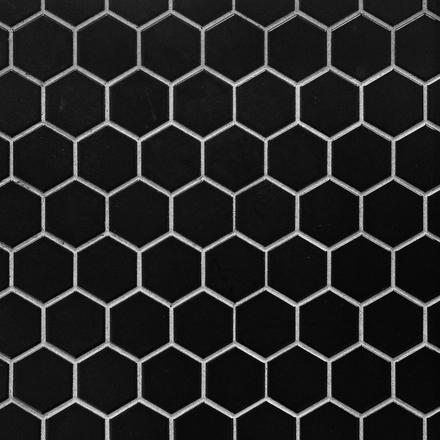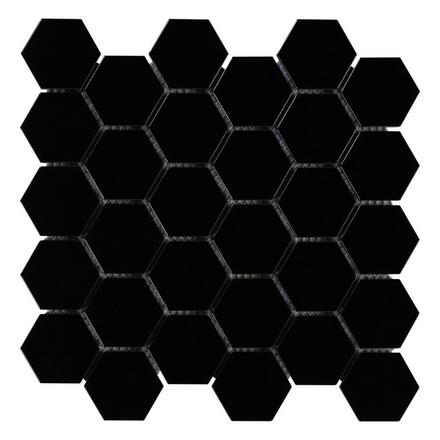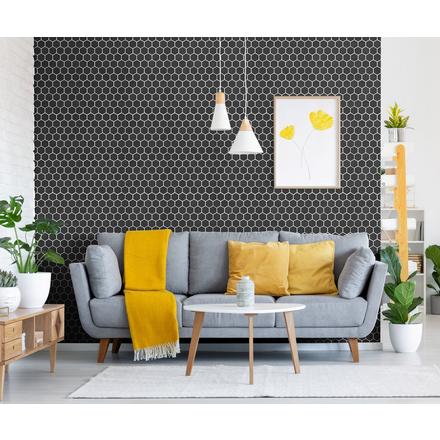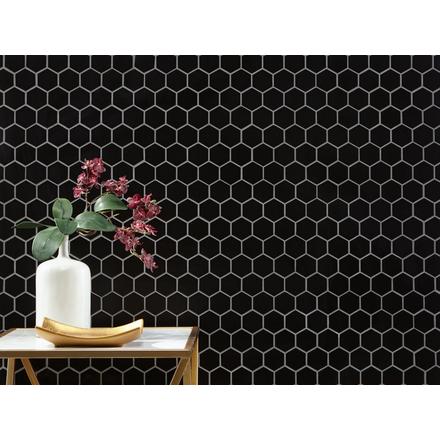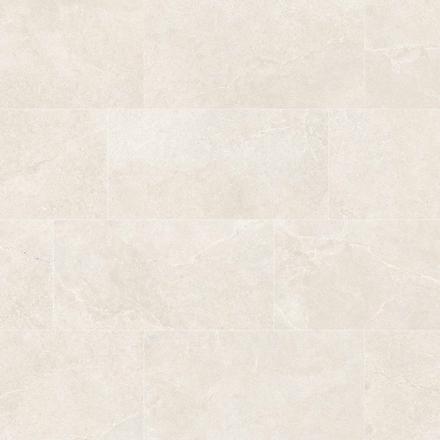
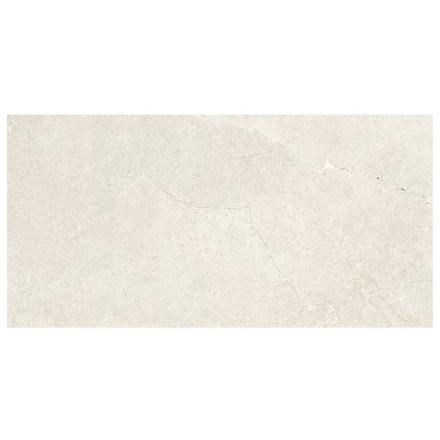
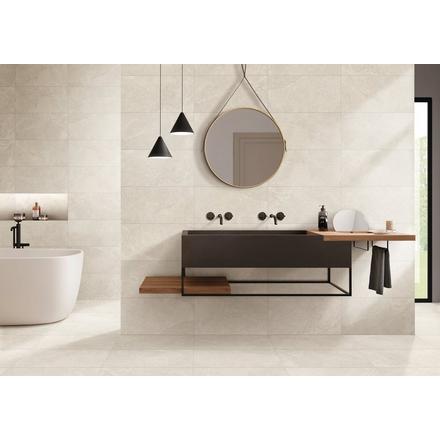
Tile flooring is a versatile and practical choice for many areas of your home. It works especially well in high-traffic spaces such as kitchens, bathrooms, and entryways due to its moisture resistance and ease of cleaning. Outdoor tile options can also enhance patios and walkways, providing a durable and attractive surface that withstands weather conditions. When choosing tile flooring, consider the room’s function to select the best style and material for long-lasting performance.
Current trends in tile flooring emphasize natural looks and large-format tiles. Wood-look porcelain, textured stone finishes, and neutral tones are highly popular for creating warm, modern spaces. Patterns inspired by traditional encaustic tiles or geometric designs add character without overwhelming the room. These trends balance style with practicality, making tile a favorite for both contemporary and classic interiors.
If you like current tile flooring trends, you may also want to explore related options such as kitchen tile, bathroom tile, and outdoor tile. Kitchen tile often features easy-to-clean surfaces with slip resistance, perfect for food preparation areas. Bathroom tile prioritizes moisture protection and design variety, including mosaics and decorative accents. Outdoor tile is crafted to endure elements while coordinating seamlessly with your indoor flooring choices for a cohesive look throughout your home.
At Floor & Decor, we offer unbeatable prices on a wide selection of tile flooring options. We source directly from manufacturers to cut costs and pass savings along to you. Whether you’re redecorating a single room or renovating an entire home, our competitive pricing ensures you get quality tile without exceeding your budget. Plus, our extensive inventory means you can find the perfect tile style and size with ease.
Durability is a key benefit of tile flooring, making it an excellent investment. Porcelain and ceramic tiles resist scratches, stains, and moisture, maintaining their appearance for years. Unlike wood or laminate, tile won’t warp or fade, even in humid environments like kitchens and bathrooms. Properly installed and maintained tile flooring provides lasting strength and beauty, ideal for busy households and high-traffic areas alike.
Tile flooring is durable but can feel cold and hard underfoot, which may be uncomfortable in certain spaces. The grout lines between tiles require regular cleaning and maintenance to prevent staining or discoloration. Additionally, tile surfaces can be slippery when wet and less forgiving if objects are dropped, leading to chips or cracks. Installation demands a level and stable subfloor, and repairs can be challenging if tiles break. While tile is long-lasting, these factors should be considered when selecting it for your flooring needs.
The 3-4-5 rule is a practical method used to ensure a right angle during tile installation. It’s based on the Pythagorean theorem and involves measuring three sides of a triangle: 3 units, 4 units, and 5 units. When these measurements form a triangle, the angle opposite the longest side is exactly 90 degrees. Using this rule helps tile installers align tiles squarely, preventing crooked patterns and ensuring the layout is properly aligned with walls or other architectural features. This method is especially useful for setting reference lines before laying tile.
Porcelain tile is commonly recommended for flooring due to its strength, low water absorption, and resistance to wear. It can withstand heavy foot traffic and is less prone to cracking or chipping compared to other tile types. Porcelain tiles come in a wide variety of finishes and styles, including options that mimic natural stone or wood. Their durability makes them suitable for wet areas like kitchens and bathrooms, as well as high-traffic commercial spaces. Proper installation is important to maximize their lifespan and performance.
The cost to tile a floor varies based on factors like tile material, size, quality, and labor rates. Typically, prices range from $5 to $15 per square foot, including materials and installation. More affordable ceramic tiles and DIY installations can lower costs, but higher-end porcelain or natural stone tiles will increase the budget. Labor costs depend on the complexity of the layout, subfloor preparation, and location. While DIY can save money, professional installation ensures a durable, even surface and helps avoid costly mistakes.
Maintaining tile flooring involves regular sweeping or vacuuming to remove dirt and debris, which prevents scratching. Mop the floor with a mild, pH-neutral cleaner to avoid damaging the tile or grout. Avoid harsh chemicals or abrasive tools that can dull the finish. Grout lines should be cleaned periodically using a grout cleaner or a mixture of baking soda and water to prevent stains and mildew. Sealing grout every one to two years can extend its lifespan and make cleaning easier. Proper maintenance keeps tile floors looking fresh and prolongs their durability.
